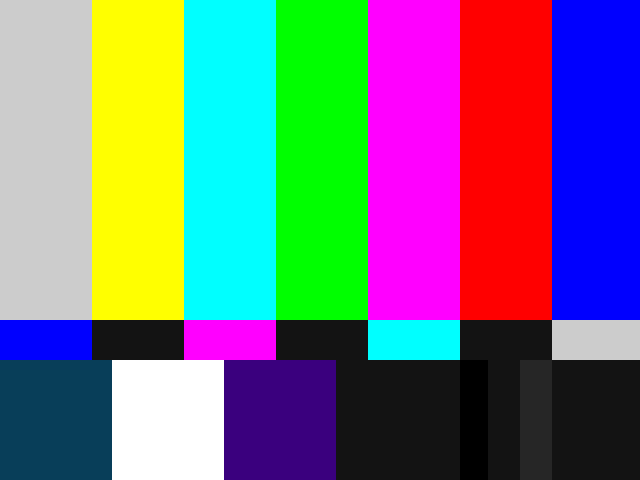 The fascination with rapidly changing technologies and their ubiquity in our daily lives leaves some of us wondering what the future might look and feel like. Naturally, cities are particularly vulnerable to activities that occur on a massive scale. The lines that separate public and private spaces get blurrier and blurrier, given our fondness for mp3 players, cell phones, PDAs, and other hand-held, personal devices that in some ways cut us off from others, and in other ways provide connections between us and strangers. But the ability to unlock information that is valuable to how we shape our daily lives in cities and create identities within them is also within our reach.
The fascination with rapidly changing technologies and their ubiquity in our daily lives leaves some of us wondering what the future might look and feel like. Naturally, cities are particularly vulnerable to activities that occur on a massive scale. The lines that separate public and private spaces get blurrier and blurrier, given our fondness for mp3 players, cell phones, PDAs, and other hand-held, personal devices that in some ways cut us off from others, and in other ways provide connections between us and strangers. But the ability to unlock information that is valuable to how we shape our daily lives in cities and create identities within them is also within our reach.On Friday night, American/Mexican listened intently as Adam Greenfield led an inspiring panel discussion, Nextcity: The Art of the Impossible, as part of the New Silent Series, curated by Lauren Cornell of Rhizome, at New Museum. He invited three other leading experts in the field -- Christian Nold, Meejin Kim, and Eric Rodenbeck -- to weigh in on issues about The City, namely how it is expanding into a netherworld of technology that has the potential to leave us blindingly dependent on connectedness, forcing us to shed the ability to communicate organically and effectively without it.
Greenfield opened with an abysmal portrayal of what systems can and will do. It's an exciting time to be alive, he reminds us, but there is a dismal reality to the politics of technology and society. His three guests addressed different ways of dealing with our tendencies to be utterly impressed with the fading, near-invisibility of the medium -- which brings us dangerously close to mindlessly accepting our connectedness and interpreting it as need -- by showing us examples of their own work, a balance of forward-thinking technologies and creativity.
Nold's emotional mapping brings thoughtfulness to technology while Rodenbeck's Stamen Design firm's work brings a sophisticated version of the ever present fuzz buster of the 90s, and feed aggregators that are specific to user location and interest. Kim's work reflects the combined beauty and simplicity of technology, illustrating that the mind, body, and technologies need not have separate motivations.
Successfully downplaying the apocalyptic possibility of the technological takeover of humankind, Greenfield remains optimistic. His insight into the possibilities of the future, for better or for worse, are admirable, his judgments drawn from the wise words of those who preceded him. More importantly, his delivery of heavyweight information is accessible and reflective of a generation of thinkers who are confident, bright, and technologically savvy yet unspoiled by arrogance and nonchalance.
We look forward to reading Greenfield's book, Everyware: The dawning age of ubiquitous computing, and to the release of his upcoming book, The City Is Here For You To Use.
And, on a separate note, we realized that he's married to the visual artist Nurri Kim, whose work explores The City in its own way.
 (We want this in our living room.)
(We want this in our living room.)

No comments:
Post a Comment